One of the aviation marketing problems we run into frequently – what do you do when nobody wants your Freebie?
There’s been a flood of “freebies” in aviation marketing circles – this is in response to the increase in the number of aviation companies adopting the “Inbound Marketing” strategy – to offer a free newsletter, free consultation, free report, or something that will ideally get your ideal customer to identify himself or herself and accept your future marketing.
Rampant abuse, and bad implementation of inbound marketing has caused many companies to substitute a “freebie” for doing the actual work of marketing.
Here’s what’s wrong, and how to fix it!
[smart_track_player url=”http://traffic.libsyn.com/aviationmarketing/No_One_Wants_My_Freebie.mp3″ background=”default” ]
Paula Williams: Welcome to this week’s episode. Today we are addressing a familiar concern for people who have been doing consultations with me this week and last. Nobody wants my freebie, nobody wants my newsletter, nobody wants my checklist, tip sheet, video product, free trial, free consultation.
John Williams: Whatever. Exactly.
Paula Williams: Whatever. Okay. So this episode is being brought to you by our Aviation Sales and Marketing Lab, which is where we provide the tools, skills and networking to really help people work together. You know who our sales and marketing people in the aviation industry work together to figure out what works and what doesn’t work, what maybe worked last year but doesn’t this year, and all kinds of things like that. So that we’re sharing information and also sharing networking in ways that really helps everybody.
John Williams: All Of our clients have access to this. Many of them actually take advantage of it.
Paula Williams: Exactly. And we also provide a lot of tools for search engine optimization and image design with Canva. We use JETNET for consultations with clients to figure out the size of the market and some of the demographic information that’s really helpful to them. So it’s tools that would cost a lot more on their own than they do-
John Williams: Oh heavens, yeah.
Paula Williams: … to use as the group.
John Williams: Some of these tools require 12 months worth of signup.
Paula Williams: Mm-hmm (affirmative). Annual contracts. Oh my gosh. Besides the fact that even a lot of people who do subscribe to these tools don’t really know how to use them very well. There’s a little bit of a learning curve, but if you use them with us, then you get both the tool and the training to figure out how to accomplish your objective.
John Williams: And assistance if necessary.
Paula Williams: Exactly. All right. So we’d be delighted to have you join us in our marketing lab. And meanwhile there has been a flood of freebies over the last couple of years because of the success of a phenomenon called inbound marketing.
Paula Williams: And this is something that we promoted years ago and it is starting to catch on. Even in the aviation industry. It hasn’t always been the case.
John Williams: Not at all.
Paula Williams: Right. In fact, we have a product called a lead magnet where we’re offering a freebie and I’m going to tell you in a few minutes why sometimes this works and sometimes it doesn’t. But a lot of people have kind of jumped on that bandwagon without actually doing the homework of a campaign.
John Williams: And thinking it through.
Paula Williams: And feeling like, “Well, all I have to do is offer something for free. I’m going to get all these people coming in the door and all kinds of good things are going to happen.” So there were some products even like, what was the name of that local program where people would go do discovery flights at flight school?
John Williams: Groupon.
Paula Williams: Groupon. Thank you. Had a brain freeze there for a second. Anyway, so people would get this Groupon and they would go do a discovery flight at a flight school and then they’d never hear from them again. So either they weren’t qualified leads, they were just in it for the experience, they had never been up in a small plane before, really didn’t have much of an interest in becoming a pilot or any of those kinds of things, but they responded to the freebie.
John Williams: It’s like going to NBAA and somebody said, “Win a free iPad. Drop your business card in here.”
Paula Williams: That’s another one. Exactly.
John Williams: Without qualification on you, you just drop the card. I drop my card in all those.
Paula Williams: Exactly. And it’s gotten so bad that people don’t trust it anymore. If you see that something is free, you’re thinking, what’s the catch? So the freebies have gotten a lot less effective.
Paula Williams: So here’s something that I want you to say three times aloud, at least. And take this to your sales director. Take this to your marketing director. Take this to the people who are trying to sell you marketing, the people that are trying to sell you promotional products to give away in your trade show booth, and everybody else. I want you to memorize this phrase and use it frequently and often. “A freebie is not a substitute for good marketing.”
John Williams: Heck, no.
Paula Williams: That doesn’t mean that it can’t be effective. That just means that giving away something for free is not the guarantee of a good response.
John Williams: No, because very likely somebody that’s not even in your demographic will end up with it.
Paula Williams: Exactly. So people think, especially if they’re introducing a new product on the market, “If I give this away for free…” And this has happened even with software, get 30 days for free. With services, try us once and we know you’ll always come back. With all kinds of different aviation products and services as well. The people are trying to do these freebies and think that it’s going to do a good job for them and it often doesn’t.
Paula Williams: So if giving away freebies doesn’t work, what does work?
John Williams: Good marketing.
Paula Williams: The same thing that has always worked. Textbook marketing campaigns, where you have a list, an offer and a presentation. If you get those three elements right, it will work, right?
John Williams: Yep.
Paula Williams: Okay. All right. So what do we mean by that? A list means the right group of people that you’re trying to reach. And I know we’ve talked about this before. You need to know what is specific to this group of people. So like the iPad example that you just talked about, everybody in the world wants an iPad, not necessarily just your prospects.
John Williams: Nope.
Paula Williams: Okay. Or if you’re offering a free consultation, but the people that you’re offering this to are not really decision makers, they’re not going to take you up on it or if they do, they’re just going to waste your time.
John Williams: Exactly.
Paula Williams: Okay. So what is specific to the particular human being who is the most likely to purchase your product or service? What are the demographics? What are the psychographics? Who’s their favorite politician? Who’s their favorite rock band? What’s their favorite flavor of ice cream? As much as you know about that person, the more likely you are to come up with a freebie that only that person is going to respond to and that you’re not going to get a whole flood of ants.
Paula Williams: Oh yeah. If you grow strawberries in your garden, you know that you’re likely to have a problem with ants. Because everybody loves strawberries, including ants. So if you plant strawberries, make a plan for the ants to discourage the ants. Same thing here. You want to encourage only the people who are the most likely to want to buy your product or service and not-
John Williams: Hence the research required to discover demographics and psychographics so you can narrow it down. You’ll still get a few om there that won’t work, but by and large you’ll have a nice large group to choose from.
Paula Williams: Exactly. So typically, if your freebie isn’t working, it is possibly, because here’s a very likely reason is that your list is either undefined, not defined enough, or your list is too big. So you need to look at a smaller list in order to make an offer that is really specific and attractive to those people.
John Williams: That is more selective.
Paula Williams: Problem number two, your offer is not compelling enough. So you’re offering a free consultation or you’re offering a newsletter. Nobody wants your free consultation and nobody wants your newsletter. They want their problem solved, but they don’t want your free consultation and they don’t want your newsletter unless it does something for them. So you’re not selling the container, you’re selling the solution.
John Williams: Right. And you should be selling the solution.
Paula Williams: Exactly. And this is something that we got hung up on when we first started in the aviation industry. We were coming from an IT background, both of us, more or less, in a much more technology oriented part of the world, education, technology, banking. Those were the types of companies that we had been working with. We hadn’t really been working with a lot of aviation companies 11 years ago, 12 years ago.
John Williams: 14 years.
Paula Williams: 14 years ago. It’s been that long. So at that time, we thought-
John Williams: Wrongly.
Paula Williams: … we are going to offer digital only marketing for the aviation industry. It is something that they desperately need and something that nobody else is doing. The fact that nobody else was doing it should have been a clue for us. The aviation industry was not ready for it at that time. And we were using the wrong kind of bait. We were doing our own marketing to try and prove that it was successful to this demographic without really knowing this demographic.
John Williams: We learned.
Paula Williams: Exactly. So in a marketing hot seat or a marketing mastermind group that we belong to, you may know of Dennis Kennedy, the no BS guy in aviation, well not in aviation, but in marketing in general. He is a grouchy old fart. And I think he would know that I’m saying that affectionately, right?
John Williams: Yeah. But you volunteered for and got to sit in the hot seat in front of a couple of hundred people while he quizzed you out.
Paula Williams: Right. And he told me exactly what our problem was and basically he said, “You’re hunting lions…” Meaning aviation sales and marketing professionals, “…and you’re using cheese as bait.” The only thing you’re going to attract with cheese is rats, which is exactly what was happening. So we were using the wrong bait to go lion hunting.
John Williams: Yep.
Paula Williams: And now we use lion bait or whatever.
John Williams: Yeah. That was an interesting couple of hours.
Paula Williams: It was and he was absolutely right on. As soon as we started using direct mail and other forms that the aviation sales and marketing professionals at the time respected, we started getting much better results. So use the right bait to catch the right creature.
John Williams: Yep. And we’ve since refined it. And along the way, digital is actually creeping into aviation.
Paula Williams: Right. We were just ahead of our time, way ahead of our time, tragically ahead of our time and we were never going to get anywhere without getting slapped upside the head with a piece of cheese. Okay, so that’s problem number two is that your offer is not compelling enough to the right people.
Paula Williams: Problem number three is that your presentation could be wrong.
So once again, you’re using the wrong ad targeting. So if you’re using social media ads or if you’re using direct mail lists or if you’re using JETNET or Airpac or any of these services to put together a list, you may need to do some cross hatching in Excel to narrow that down or in the software. The software actually has some pretty good tools nowadays. Some of those software packages have some ways to ratchet that down to, instead of sending your ad or your postcard or your marketing campaign to 5,000 people, maybe you should be sending to a hundred that will save you a whole lot of money on marketing. That will also let you concentrate more on that demographic and make your offer a whole lot more specific.
Paula Williams: It could be in the wrong format. It wasn’t appealing or credible. Back when we were trying to get to aviation customers on Twitter, we only got the most cutting edge people. We ended up making friends with a lot of journalists, which was fantastic. And that’s how we learned a lot about the aviation industry and made a lot of contacts. But it was not helpful for sales without the bank shot there.
John Williams: Exactly.
Paula Williams: So yeah, we were using the wrong format. We were using digital media when our ideal customers were not on digital media at the time.
John Williams: What she’s saying is, we probably made most of all the mistakes you can make.
Paula Williams: Right.
John Williams: And so now we know how to prevent them for you.
Paula Williams: Exactly. Okay. Another problem is you may have the wrong call to action. Either it wasn’t easy enough to take action. Maybe you have a phone number that people should be calling and when they call that number, they get a machine or they get somebody who is not educated enough to really be an attractive partner to the person who’s calling in.
John Williams: Or your phone mail is not set up.
Paula Williams: Or your phone mail is not set up. That’s happened. Where people spend money on a print magazine ad. They say call the number, they call the number and it immediately goes to voicemail. The voicemail says your email mailbox or your voicemail is not set up.
John Williams: Yeah, I’ve had that happen to me. I only make that call once.
Paula Williams: Right, exactly. Clearly that company has some disconnections in their process. And so that’s not a company that you may want to do business with. Or you’re asking people to do something that is too difficult or too risky as a next step. So they’re not going to buy a G4 the first time they hear of it. They may want to, but these are all very involved, high risk, high value decisions. So you need to have the next step be something that’s a baby step toward that. Maybe watch a video or get a white paper or take a next step of some kind, come into the showroom and have a tour.
John Williams: Well actually G4 is one of the older ones so that, there is a good reasons to buy them, but use a very select crowd that would want it.
Paula Williams: And even so they’re not going to buy it the first time they see it.
John Williams: Nope.
Paula Williams: Right.
John Williams: They may not need to know that that’s the correct airplane for them, but they may discover that upon doing some research with a good broker.
Paula Williams: Right. And if you look at how some of the aircraft manufacturers do this, they’ll have you set up an appointment to come have a VIP tour at NBAA or one of the other events. And then they’ll greet you with champagne, they’ll give you the tour of the airplane. They make it a really nice experience. But that’s a baby step. There’s not a lot of commitment on either side for that next step.
John Williams: Right.
Paula Williams: Okay. Cool. So your freebie needs to be part of a long term marketing effort.
And this is what we call a holding pattern where you, throughout the year, throughout the month, throughout whatever length of time that people take to make a decision, you’re having regular contact with them. Maybe you’re sending them your book, maybe you are connecting with them on social media, you’re making appointments with them at MBAA or at the shows, the trade shows and things like that.
Paula Williams: You’re calling them every once in a while to invite them to a webinar.
John Williams: And all those depictions shows a single entry is like any other holding pattern. There are multiple ways to get into it.
Paula Williams: Exactly.
John Williams: Teardrop, parallel, direct. It doesn’t matter. Once you get in there, what that means is they’ve said not now.
Paula Williams: Right.
John Williams: They didn’t say yes, they didn’t say no.
Paula Williams: They’re just not ready to buy yet. So then you send them your newsletter, you send them emails, you make phone calls, you send them tweets, you connect with them on LinkedIn. There’s a lot of things that you can do to keep them in that holding pattern so that you have that relationship that you’re building and building credibility over time. Right?
John Williams: Right.
Paula Williams: And freebies can be part of a holding pattern.
John Williams: Of course.
Paula Williams: But they are not an end all or be all.
John Williams: Because at that point, they know they want it. They just don’t know when.
Paula Williams: Right. So then you could send them a checklist on five things you should know before you choose your… Make this decision about how to finance your aircraft. Or 10 things you should know about insurance before you make this purchase.
John Williams: Or about a CRM.
Paula Williams: Oh yeah, exactly. Okay. So once again, this episode has been brought to you by our Aviation Sales and Marketing Lab where we help people figure out what freebie, if any, is going to work for them by putting together the right list, offer and presentation and helping them. Sometimes we forensically go back through a campaign that didn’t work and say, here’s some things that you could tweak. You may not have to throw out the baby with the bath water. You can keep the baby and change the bath water.
John Williams: Exactly.
Paula Williams: And some of the things that you’ve invested in, you might be able to just make small adjustments sometimes make huge differences.
John Williams: Yes they do. Sometimes a single word.
Paula Williams: Exactly. So thank you for joining us and go sell more stuff.
John Williams: America needs the business. Thank you Zig Ziglar.
Paula Williams: Absolutely. So thanks for joining us. We’ll see you next week.
John Williams: You bet!
Podcast: Play in new window | Download
Subscribe: Google Podcasts | Spotify | Amazon Music | RSS
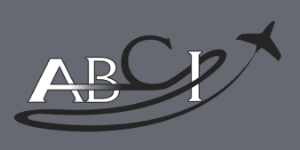

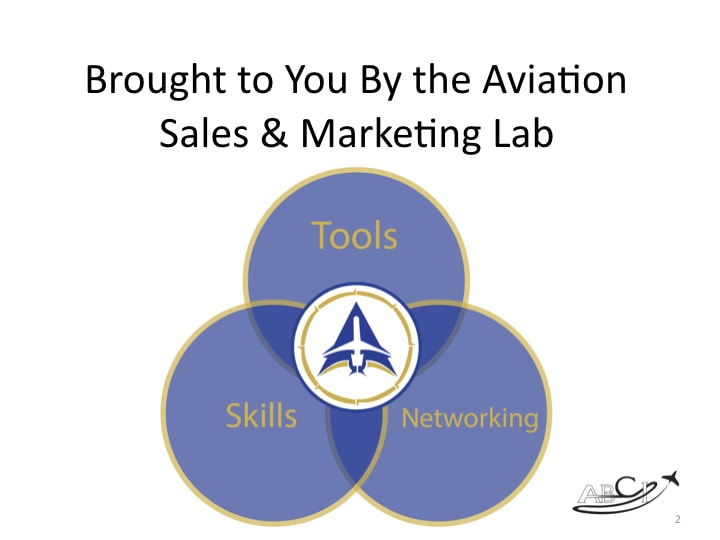
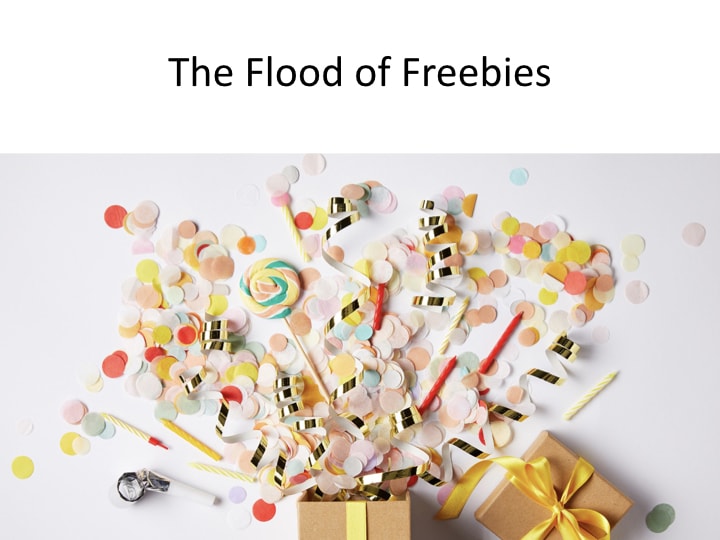
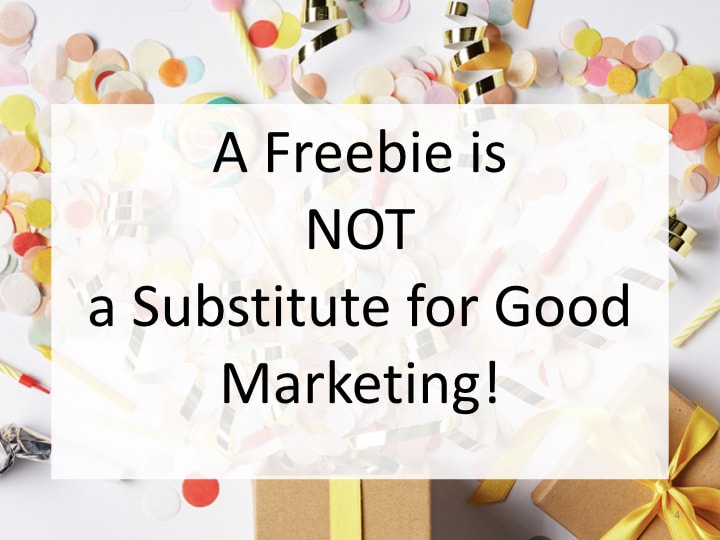
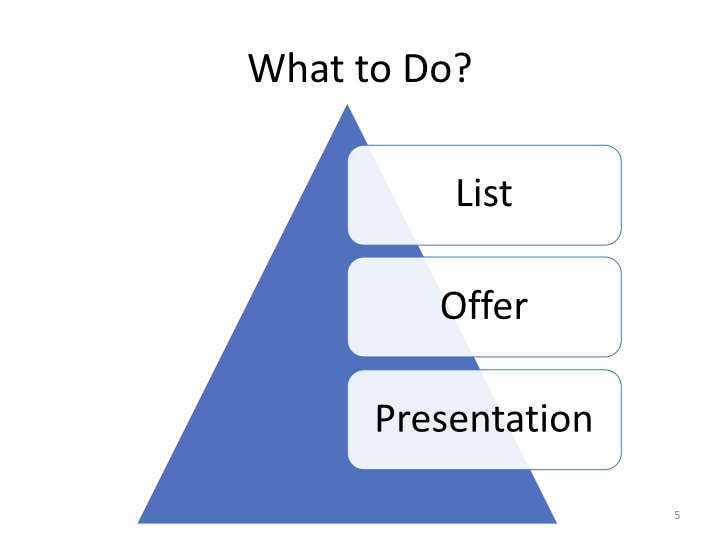
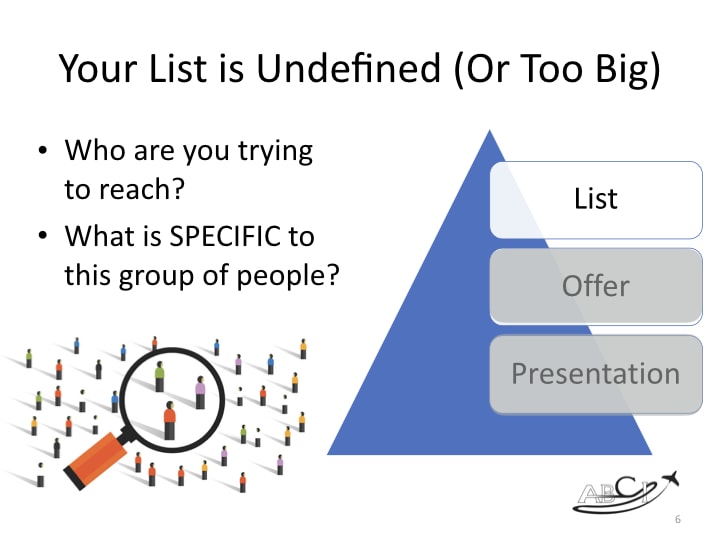


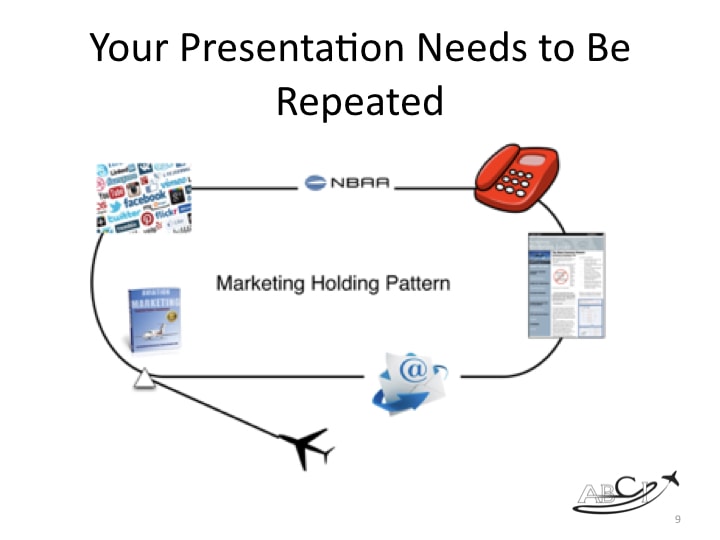
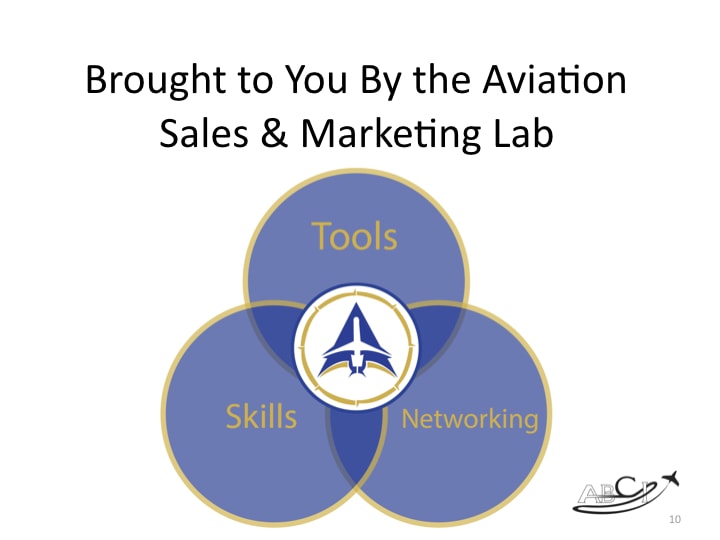
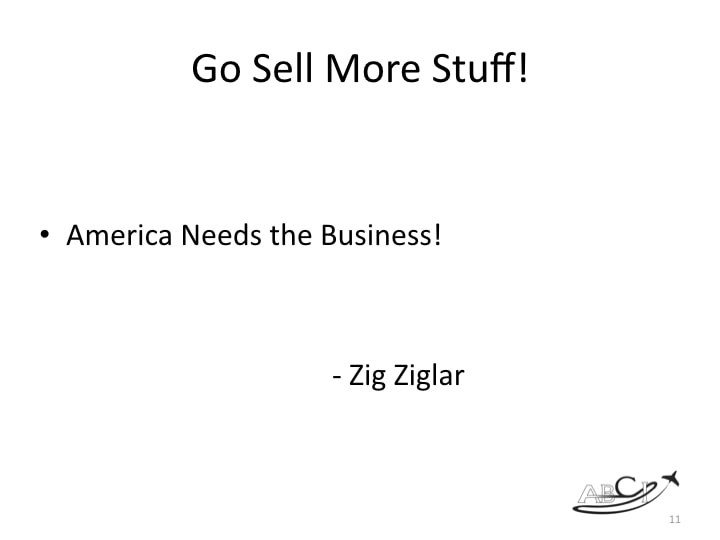

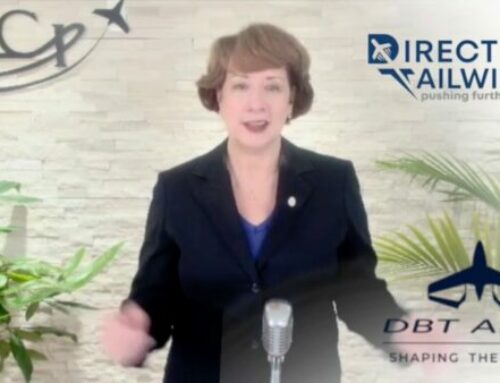
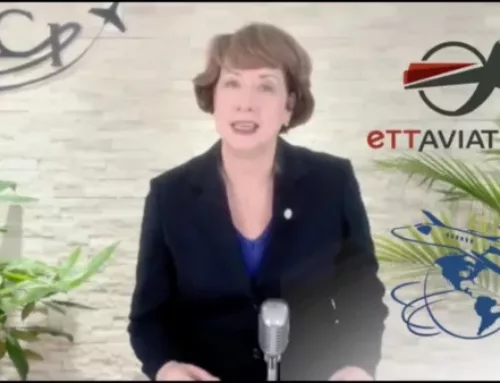

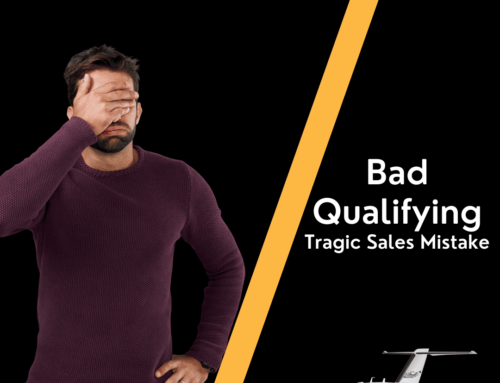

Leave A Comment